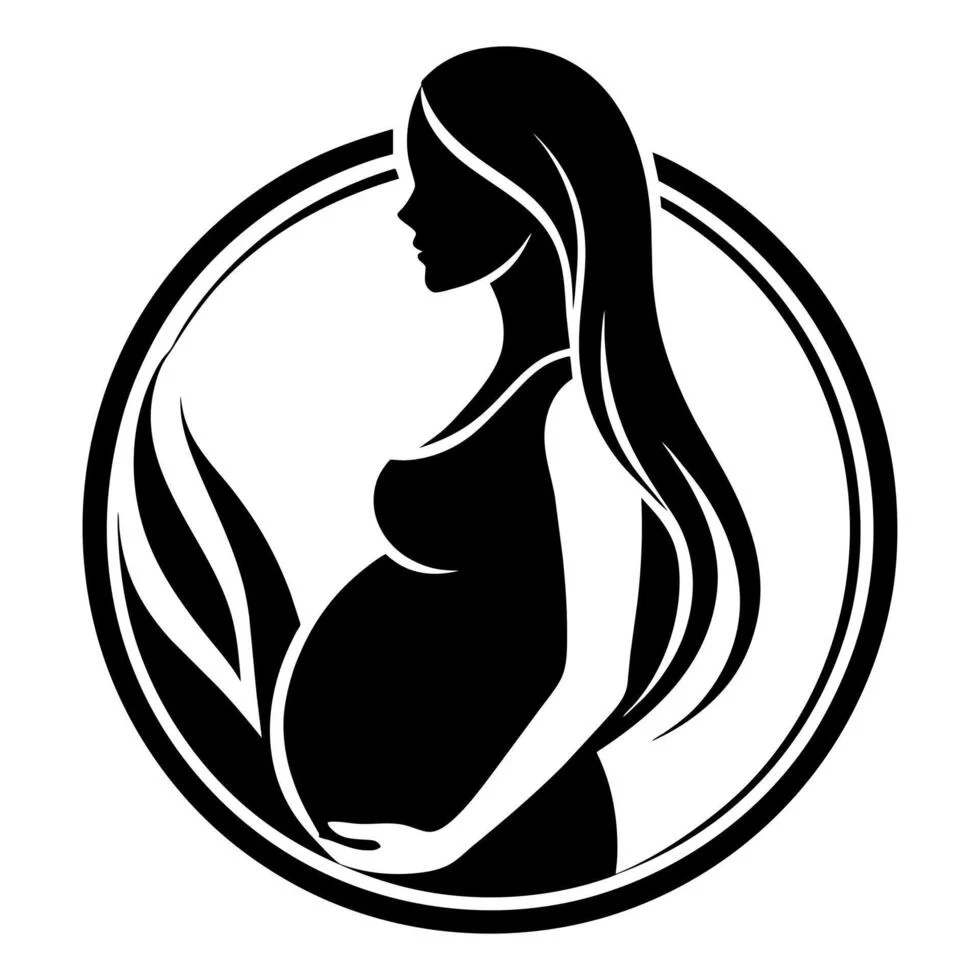My first experience with pregnancy was nothing short of chaotic. After undergoing IVF treatments, I found myself expecting twins. The journey included a first-trimester scare with a blood clot and culminated in an emergency C-section five weeks early. While I’m grateful that my babies and I survived, it certainly wasn’t the birth story I envisioned. Despite the challenges, I was determined to have a natural delivery—no epidural, no medications. I wanted to trust my body’s natural instincts. When the emergency C-section was necessary, I felt crushed.
Fast forward less than two years later, my husband and I were thrilled to discover I was pregnant again. I convinced myself that the complications from my previous pregnancy were a product of the IVF process and carrying twins, and not reflective of my own body. With just one baby this time, I was filled with optimism about achieving a vaginal birth after cesarean (VBAC). I gathered a supportive team of doulas and communicated my desire for a natural birth to my new OB, who didn’t specialize in multiple births. They were all on board, and I felt empowered.
However, things soon took a downturn. In my second trimester, I became severely anemic. I was losing weight while the baby was growing, and my skin took on a sickly yellow hue. Fatigue enveloped me; I struggled to find the energy to nourish myself, let alone care for my twin toddlers. My OB began suggesting a cesarean again, but I was resolute. I was determined to achieve my VBAC.
As my due date approached, my doulas and I worked hard to manage my anemia. I started to gain strength and weight, feeling hopeful that my dream delivery was within reach. However, my due date came and went with no signs of labor. The doulas assured me that my untested cervix meant I might go past my due date, but my OB had doubts. He informed me that the baby was breech and suggested scheduling a C-section.
“Just give me the weekend,” I pleaded. “If I can get the baby to flip, can we wait for natural labor?” After some hesitation, he agreed.
I spent that weekend trying everything possible, including hanging upside down off the bed, playing music, and shining a flashlight in an effort to coax the baby into position. Miraculously, by Monday, the baby was head down. Yet, my doctor remained skeptical. “Your uterus has too much flexibility,” he said, “I’m not confident you can avoid another C-section.”
“Is the baby in danger?” I asked.
“No,” he replied.
“What about me?”
“Not yet,” he answered.
“Then I’ll keep waiting. Just a few more days.”
And so it went. I returned to his office every couple of days, but I felt no contractions, and my cervix remained tightly closed. My doulas tried to reassure me, suggesting that a C-section might not be the worst outcome. But I was stubborn and began my own attempts to induce labor. I ate pineapple, spicy foods, and even a day of fudge—not that I thought it would work. Eventually, I convinced my husband to try acupressure.
That did the trick. Within hours, I was experiencing contractions that felt different—intense pain centered around my old C-section scar. By midnight, I knew something was off, and after the most unbearable pain I’d ever felt, I went to the hospital.
The doctor’s diagnosis was alarming. I wasn’t having regular contractions; my uterus was rupturing along the old scar. My baby was trying to escape through my abdomen like a scene from a horror movie. They prepped me for yet another emergency C-section. I was fortunate; had I waited until morning, I might not have survived.
After five grueling hours of pain, even with an epidural, my doctor handed me my beautiful baby girl. The recovery was brutal. I struggled to move, and climbing the stairs of our third-floor condo felt impossible. By insisting on my dream delivery, I had put us both at risk.
Ultimately, what matters is that we are both healthy and able to return home. It’s crucial to heed the advice of medical professionals. Don’t let pride or a romanticized vision of childbirth cloud your judgment. A perfect delivery isn’t worth risking your life or your baby’s. If you’re interested in learning more about pregnancy and home insemination, check out this article, and for those considering at-home insemination kits, this retailer has reputable options. For a deeper dive into IVF processes, this resource is excellent.
Summary:
Navigating the challenges of pregnancy can be daunting, especially after a complicated first experience. The journey to a VBAC can be filled with uncertainty and risks, as I learned when my insistence on a natural birth nearly led to disaster. Listening to medical advice and prioritizing health over ideals is key for a safe delivery.

Leave a Reply